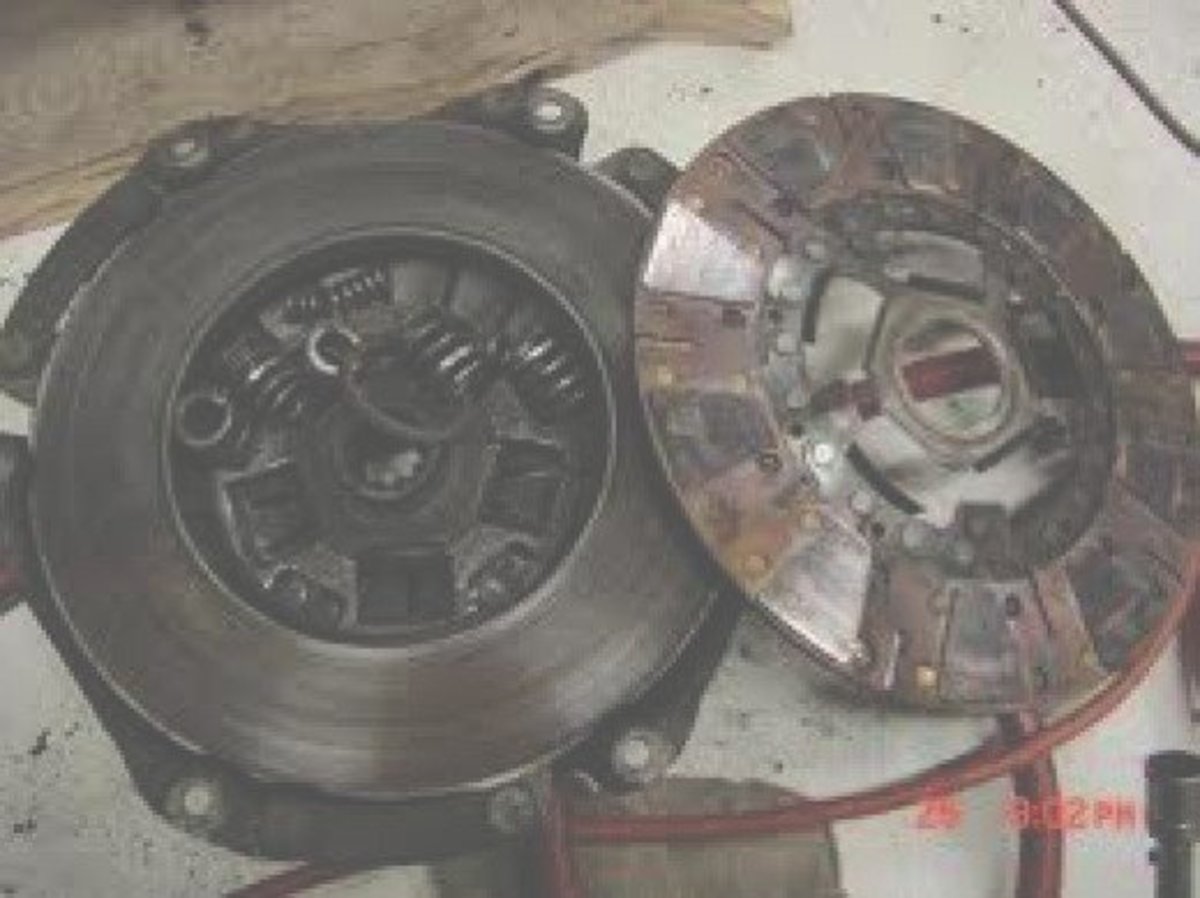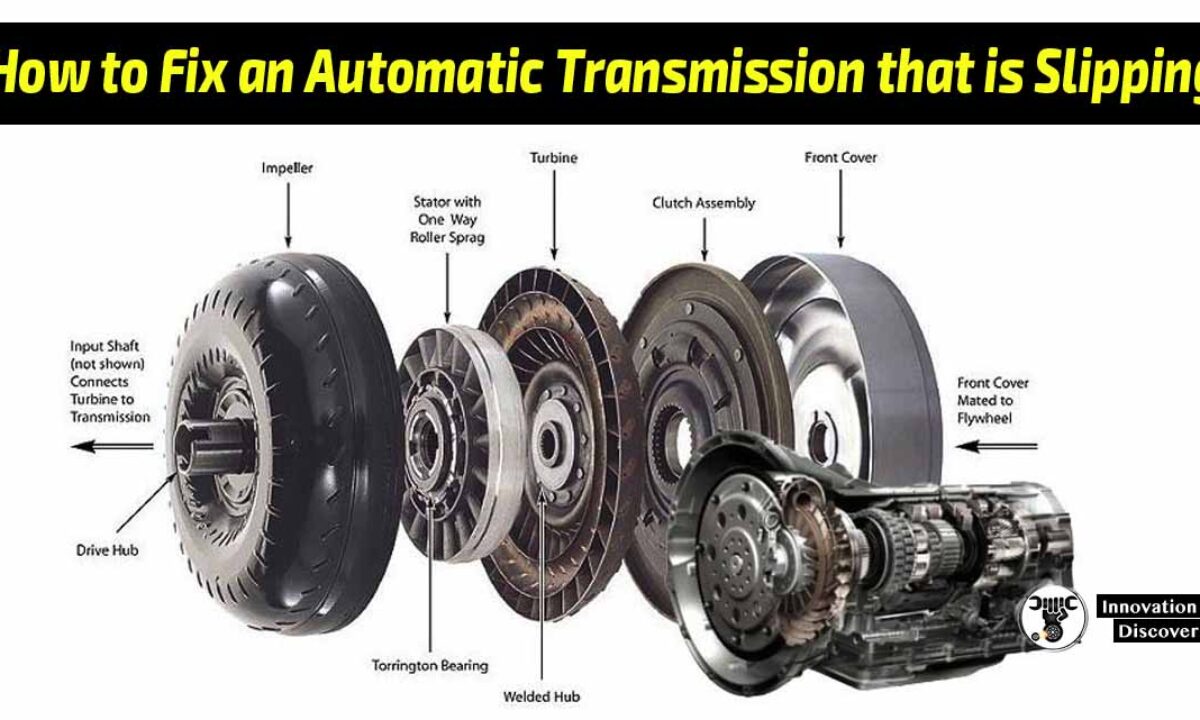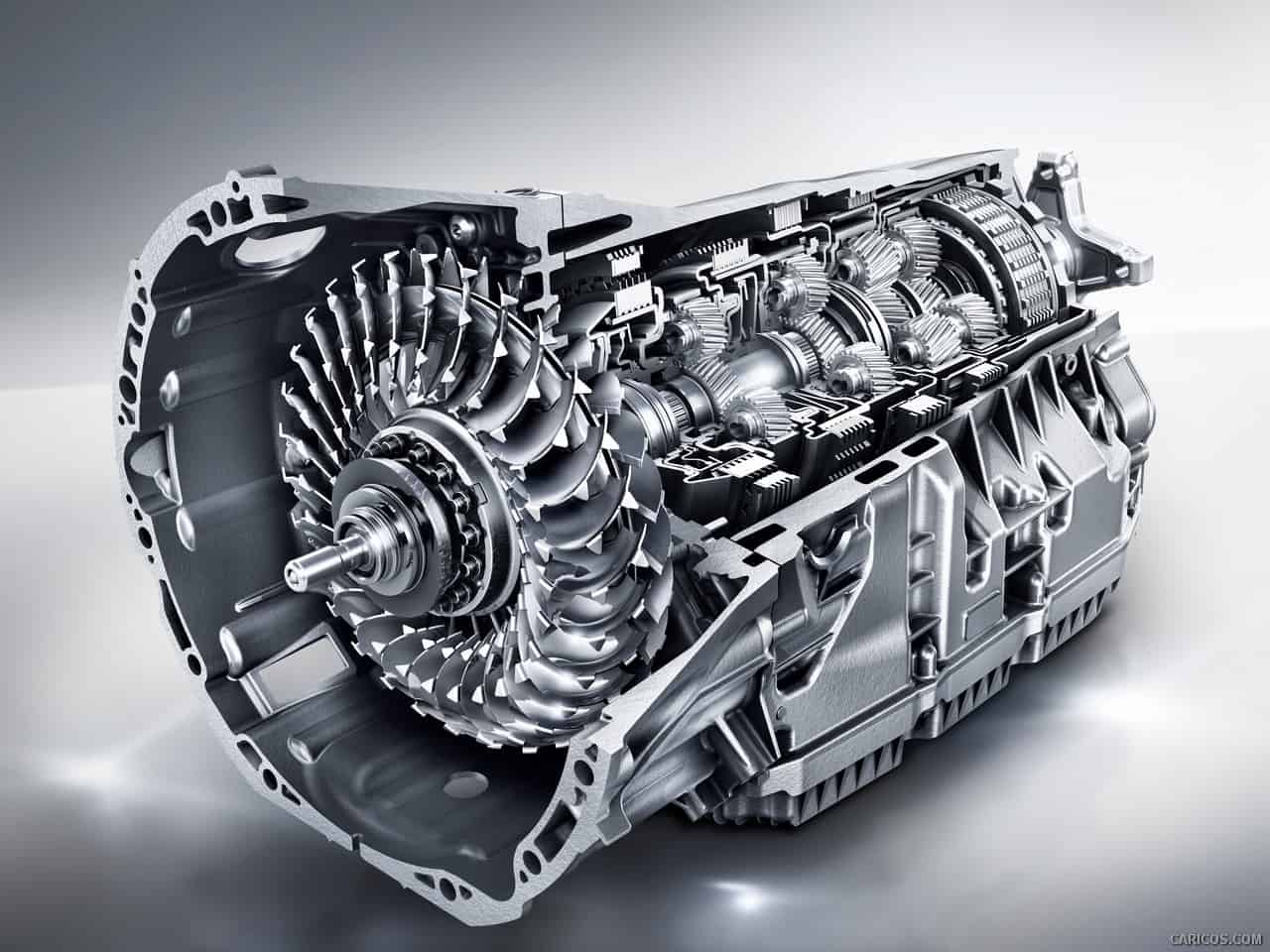A Multimode Manual Transmission (MMT or M/M, also Multimode Transmission)[1] is a type of automated manual transmission offered by Toyota. It uses a traditional manual gearbox with a computer-controlled hydraulicclutch. Multimode Manual Transmission is available in the Aygo, Yaris, Corolla, Corolla Verso, Mark X and Auris in Europe, and should not be confused with Multimode Automatic Transmission, which is offered in the North American market by Toyota.
Weird noises coming from your vehicle when your car is in neutral is a sure sign of transmission trouble. At best, the noises might indicate that your car is ready for new transmission oil, or it could also mean that your car requires a costly part replacement due to mechanical wear. Transmission slipping, grinding, or jumping during acceleration when the car is shifting gears. Car shaking at any speed. A burnt smell coming from under your hood. Fluid visibly leaking from the vehicle; Clunking, screeching or whistling sounds coming from the vehicle. Transmission fluid on dipstick is cloudy, thick or foul smelling.
Operation[edit]
The Multimode Manual Transmission has the following gears: R, N, E, M+, M-.
- R: R is the reverse gear. It is similar to R in both traditional manual and in fully automatic cars.
- N: N is the neutral gear. It is similar to N in both traditional manual and full automatic.
- E: E is the functional equivalent of D in a full automatic. As the gearbox in a MMT car is a manual gearbox, instead of one with a torque converter (as in a traditional automatic), gear changes are noticeable. The accelerator should be eased off, slightly, when gear changes occur. This facilitates a smooth transition, between gears, and allows for smooth acceleration.
- M+: Up-shifts a gear in sequential fashion, from M1 to M5 (M6 in 6-speed MMT cars).
- M- : Downshifts a gear in sequential fashion, from M5 (M6 in 6-speed MMT cars) to M1.
Differences from an automatic car[edit]
A Multimode manual car has a clutch instead of a torque converter. As such, gear changes are noticeable, and the car rolls backwards when on an up-sloping incline.
- Creeping: A Multimode Manual Car creeps forward when the brake pedal is released and accelerator is not depressed, like an automatic car. This is achieved via partially engaging and slipping the clutch.
- Moving off from an incline: A MMT car rolls backwards when on an up-sloping incline, unlike an automatic car. To move off from an up-sloping incline, apply handbrake before depressing the accelerator slightly. Do not hold the car on an incline by depressing the accelerator pedal, as the slipping clutch will overheat and lead to clutch damage.
- Parking: Unlike an automatic car, the P gear is absent in a MMT car. The car should be parked in the following fashion. In an up-sloping incline, put the gear to M1, or E, apply handbrake, and switch off the engine. In a down-sloping incline, put the gear to R, apply handbrake, and switch off the engine. On level ground, put the gear to R, apply handbrake, and switch off the engine. R or E/M1 substitute the P function in a full automatic.
- Moving off from Park: The engine can only be started with the gear in N. To start, switch on the car to ON position (this releases the gear lock), depress brake pedal, put the gear to N (from either R or E/M1), and switch on the engine.
- L/1 and 2 gears in a full automatic: The MMT does not provide L/1 and 2 gears as in a full automatic. One action of the MMT system is that it detects the gradient of the slope that the car is situated in. On a down-sloping incline and if the brake pedal is depressed, it automatically selects a lower gear to produce engine brake, which has the equivalent effect of L and 2 gears in a full automatic. L and 2 can also be substituted with E1 and E2 (not available in Aygo) or M1 and M2 gears in a MMT car. To select E1 or E2, put the gear to E, and use + and - pedal flaps on the steering wheel to override the computer selection. E will change to E1/E2/E3/E4/E5/E6, depending on the gear selected. Downshift to E1 or E2 as appropriate to simulate L and 2 gears in a full automatic. To select M1 or M2, put the gear to M, and use M- gear to downshift the gear to M1 or M2.
- Kick-down: In E mode, the kick-down function in a full automatic can be similarly activated in an MMT car. Additionally, the kick-down function can be manually activated using the - pedal flap on the steering wheel in E mode. This overrides the computer setting and E changes to E1/E2/E3/E4/E5/E6. To stop the manual override under E mode, pull and hold the + flap on the steering wheel, until the E1/E2/E3/E4/E5/E6 changes back to E. Alternatively, wait for the next computer activated gear change.
- Reverse: The car reverses as in an automatic car. To reverse, depress brake pedal, and change the gear to R. Gradually lift off the brake pedal to allow the car to creep backwards. On a down-sloping incline, the creep function, simulated using the slipping clutch, is not sufficient to prevent the car from rolling forward. In this case, the car must not be held still using the accelerator pedal, as the excessive clutch slipping will lead to clutch damage. Handbrake should be instead applied, and the accelerator pedal should be depress slightly.
- Gear change: The gear change in MMT is noticeable, unlike in a full automatic car. Under E gear, the car will automatically change the gear depending on speed and gradient information. It is recommended that the accelerator pedal should be momentarily lifted off during gear change. A constant throttle can also be maintained on the accelerator, and gear change can still occur, although the car will feel noticeably more jerky during gear change than in a full automatic.
Operation under E mode[edit]
The E mode functions as the D gear in a full automatic car. Via the onboard computer and electronic clutch, the car automatically selects the appropriate gear based on speed and gradient information. An MMT car limits the highest gear selectable, if the gradient is steep.
Transmission Slipping Signs
- L and 2 gear in a full automatic: The L and 2 gear in automatic can be simulated in an MMT car by either using E1/E2 or M1/M2.
- Es mode: Es mode allows more dynamic and sporty driving with faster gear changes, at the expense of greater fuel consumption. Es mode is available in the Yaris and Auris (in Europe). Es mode is similar to the S mode in Direct-Shift Gearbox.
Operation under M mode[edit]
Under M mode, sequential gear shifts can be made by changing the gear to M+ and M-. Under M mode, the gear selected will be displayed as one of M1/M2/M3/M4/M5/M6 on the dashboard. Under M mode, the gear will not change even if the engine RPM reaches redline, which will probably lead to engine damage. However, the user is prevented from excessively downshifting to a gear that exceeds the maximum revolution possible for the engine, or excessively upshifting to a gear that may lead the engine to stall. When the car is braked to a complete stop, the M1 gear is automatically selected.
Slipping Transmission Treatments That Work
Competitors[edit]


Operationally similar systems are the Direct-Shift Gearbox offered by Volkswagen AG, Selespeed offered by Alfa Romeo, I-SHIFT offered by Honda, Auto Gear Shift offered by Suzuki, ESCOT by UD Trucks, and Dacia Easy-R by Renault Group's Dacia. Other technologies that produce automatic transmissions are the conventional automatic transmission and continuously variable transmission. For example, continuously variable transmission is implemented as the MultiDrive S in Toyota iQ.

See also[edit]

References[edit]
- ^'MMT - MultiMode manual transmission'. UK: Toyota. Archived from the original on 2012-04-13.
External links[edit]
A picture of the multi-mode transmission on left-hand drive vehicle. [1][2]
You will know your vehicle has experienced a transmission slip when you can hear the engine revving during a gear change. For a moment, it may feel as though you are driving over ice. At first, it may seem minor and easy to shrug off. However, without proper maintenance, the issue can escalate, and you will be looking at much more severe transmission problems.
What Are Other Symptoms of Transmission Slipping?
The symptoms for transmission slipping can also be indicative of other unrelated issues. Your transmission may not necessarily be slipping, but it could be experiencing problems in another way. There are a lot of ways your transmission can wear down, and the best thing to do is take your vehicle to a mechanic to get it checked out. The following symptoms are generally symptomatic of a slipping transmission:
- Delay in acceleration
- Burnt or other unusual smells
- Excessively high RPM, over 3,500
- Trouble shifting gears
- Harsh response any time you are able to shift gears
- Check engine light constantly turning on
- Strange noises coming from the transmission
Transmission Slipping Cold
None of these are good. You want to get your car inspected immediately before the problem progresses.
What Are the Usual Causes for a Slipping Transmission?
There are a few ways your transmission can break down in this manner. Perhaps the most common reason is that your transmission is experiencing low fluid levels. You should check your vehicle’s fluid levels somewhat frequently. When you check, make note if it is lower than recommended. You may just need to refill the fluids, but if the problem persists, then there may be a leak in the system.
Another cause is the various parts found within your car’s transmission. Over time, these parts can break or wear down. If not corrected soon, it could very likely lead to transmission failure.
Transmission Slipping
Finally, your car’s transmission may be experiencing problems with the clutch. This is the most common culprit for transmission slipping in vehicles with a manual transmission. The only way to correct this is to replace the broken or worn out clutch. However, most vehicles are designed to have resilient clutches. Depending on the exact car you drive, you will need to replace the clutch anywhere between 20,000 and 200,000 miles.
How Do You Fix Transmission Slipping?
The remedy for this problem ultimately comes down to what the exact problem is. It could be something as simple as adding more transmission fluid if your car is running low. However, if the current fluid is badly burnt the transmission likely has internal damage that needs to be inspected. Parts, such as the clutch or other gears, may need to be swapped out. One possible solution to this problem may be to simply get an entirely new transmission system installed. This is the most expensive option, but it may be the only way to get your car up and running again. To reduce the likelihood of a total replacement, get your car inspected as soon as you notice problems.
Transmission Slipping In First Gear
Should You Drive While the Transmission Is Slipping?
The short answer here is no. It is not safe to drive with a transmission system that is not working correctly. Your car could unexpectedly switch gears while you are driving and pose a dangerous situation. You are going to experience problems with accelerating, which is something you do not want to contend with on the road.
You will be aware when your car’s transmission is wearing down. Take note of any specific problems you experience so you can explain the situation effectively to a professional mechanic.
